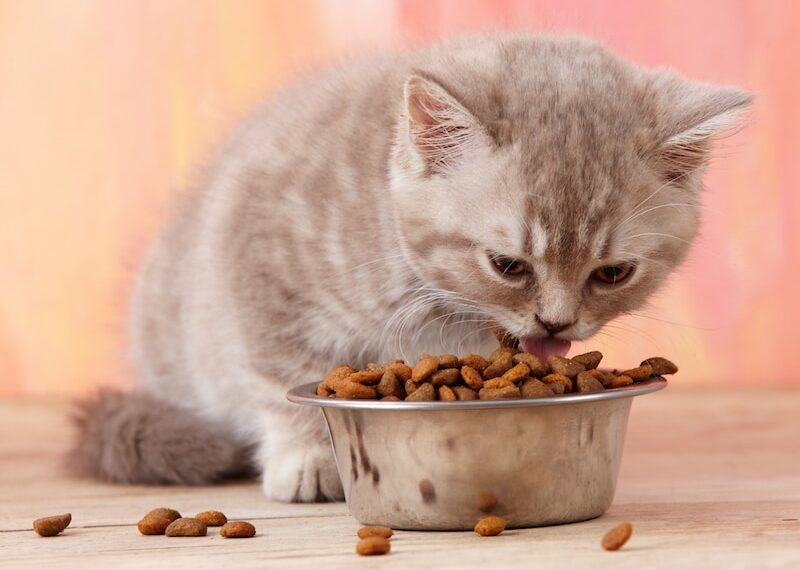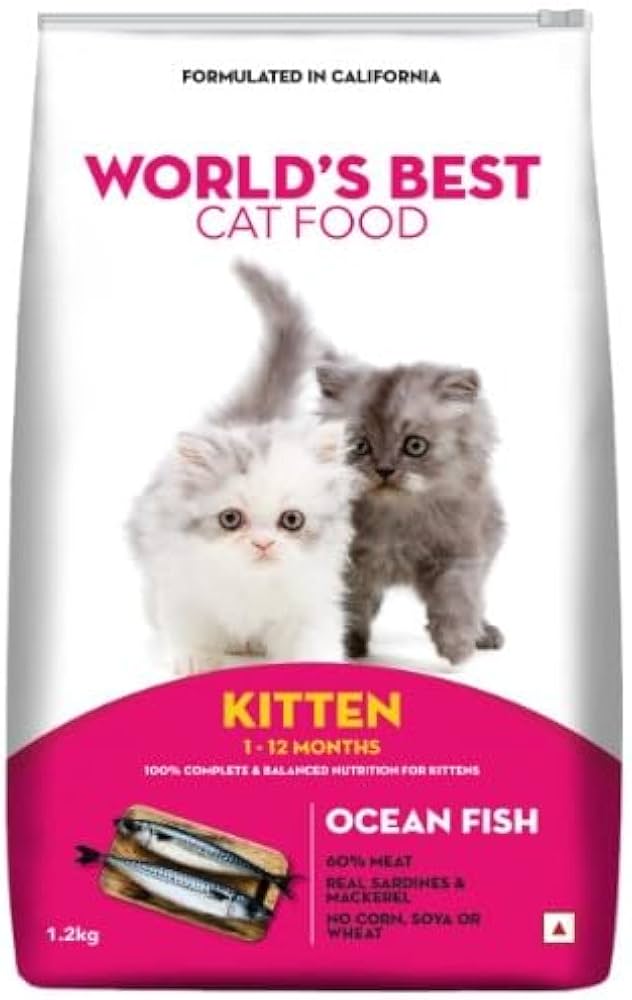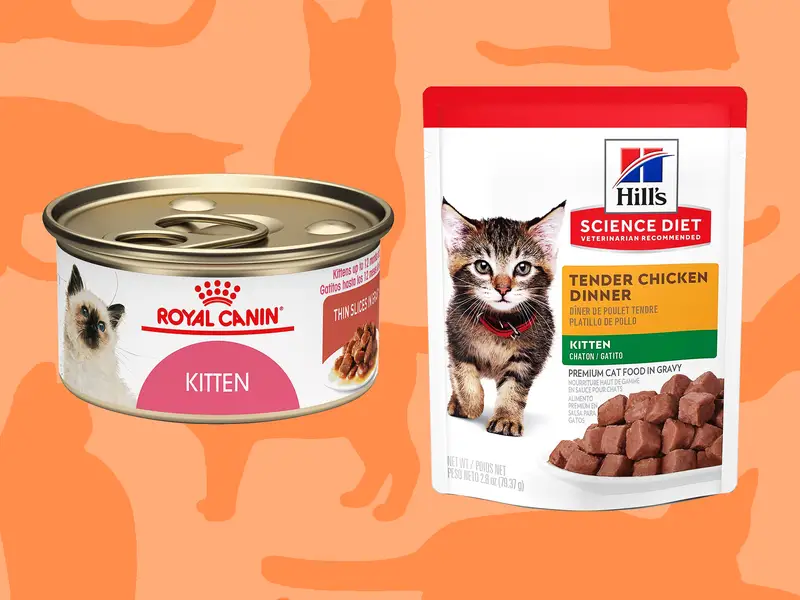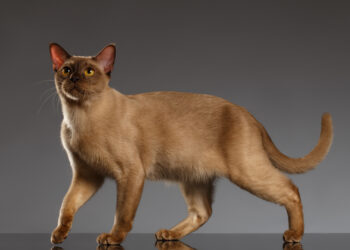Proper nutrition is vital for the healthy development of young cats. Ensuring that your feline friend receives the best cat foods in the right portions can significantly impact their overall well-being. In this guide, we will explore the importance of portion control for young cats and provide practical tips on how to maintain it.
Why Portion Control Matters for Young Cats
Balanced Nutrition
Young cats are in a critical growth phase, and balanced nutrition is essential for their development. Overfeeding can lead to obesity and related health issues, while underfeeding can cause nutritional deficiencies.
Preventing Obesity
Portion control for young cats helps prevent obesity, a common problem in domestic cats. Obesity can lead to diabetes, joint problems, and other severe health conditions.
Promoting Healthy Eating Habits
Establishing good eating habits early on ensures that your cat maintains a healthy weight throughout their life. Proper portion control teaches young cats to eat the right amount of food.
How to Determine the Right Portion Sizes
Consulting Your Veterinarian
Every cat is unique, and their dietary needs can vary. Consult your veterinarian to determine the appropriate portion sizes based on your cat’s age, weight, and activity level.

Reading Food Labels
Commercial cat foods often provide feeding guidelines on the packaging. These guidelines are based on the nutritional needs of an average cat. Adjust portions according to your vet’s recommendations.
Monitoring Body Condition
Regularly monitor your cat’s body condition. You should be able to feel their ribs without pressing too hard and see a noticeable waist behind their ribs when viewed from above.
Best Cat Foods for Young Cats
High-Quality Ingredients
When selecting the best cat foods, look for high-quality ingredients. Proteins should be the primary component, as they are crucial for growth and muscle development.
Avoiding Fillers
Avoid cat foods with fillers such as corn, soy, and wheat. These ingredients do not provide significant nutritional value and can contribute to weight gain.

Wet vs. Dry Food
Both wet and dry foods have their benefits. Wet food provides hydration and is often more palatable, while dry food can help keep teeth clean. A combination of both can be beneficial.
Tips for Effective Portion Control
Measuring Food
Use a measuring cup or a kitchen scale to ensure accurate portion sizes. Free-feeding, or leaving food out all day, can lead to overeating.
Scheduled Feeding Times
Establish regular feeding times to help regulate your cat’s appetite. Most young cats thrive on two to three meals per day.
Monitoring Weight and Adjusting Portions
Regularly weigh your cat and adjust portions as needed. Sudden changes in weight can indicate the need to reassess their diet.

Common Mistakes in Portion Control
Overfeeding with Treats
Treats should not make up more than 10% of your cat’s daily caloric intake. Overfeeding treats can lead to obesity and nutritional imbalances.
Ignoring Activity Level
An active kitten requires more calories than a sedentary one. Adjust portions according to your cat’s activity level to maintain a healthy weight.
Not Considering Growth Spurts
Young cats grow quickly, and their nutritional needs can change rapidly. Be prepared to adjust portions during growth spurts.
Conclusion
Maintaining proper portion control for young cats is crucial for their health and development. By providing the best cat foods in the right amounts, you can ensure your feline friend grows up healthy and strong. Regular consultations with your veterinarian and careful monitoring of your cat’s condition will help you make informed decisions about their diet. Remember, establishing good eating habits now will benefit your cat throughout their life.
By following these guidelines, you can help your young cat achieve optimal health and happiness. Investing time and effort into their nutrition today will pay off in the long run, ensuring they enjoy a long, healthy life by your side.





















